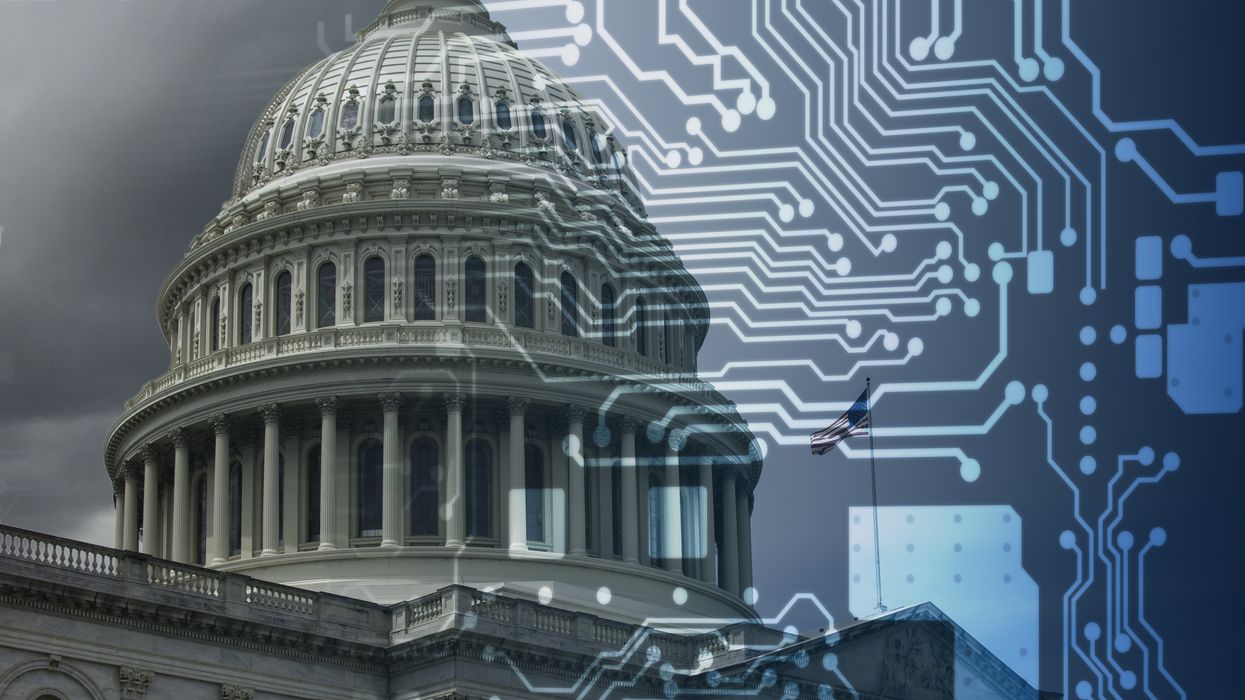The opening actions of the second Trump administration should have come as little surprise to anyone working to improve the lives of others. The new administration made no secret of their desire to cut and curtail services that support marginalized people both in the United States and abroad, and they have been open about their ambivalence toward the law and established process.
In a change election, the candidate that represented change won. But as citizens and professionals, change doesn’t have to mean abandoning your values or the issues you care about most. You can look to the public uproar and temporary restraining order against the federal funding freeze as an example of how public pressure can work to halt or delay efforts to cut programs, and you can tap into shared values to build a bigger tent that unlocks long-term progress.
So how, exactly, can the social sector show up at this moment?
Own Your Successes
Own your work and your success. Intimidation only works if there is a weak link, if folks begin to fold and turn on each other or their ideas, or if you abandon the town square. Work to own the square instead—as Bloomberg Philanthropies has done by filling a critical funding gap and doubling down on their mission, or as Melinda French Gates and the Bill & Melinda Gates Foundation have done in speaking out about the impacts of cuts to aid. Corporations like JP Morgan Chase and Costco have also taken a firm public stance in support of their Diversity, Equity, and Inclusion initiatives, breaking down why an emphasis on respect and dignity for all employees is good for business. Advancing proactively during this time can open the door to holding onto ground firmly and with conviction, to prepare for the challenges ahead instead of hoping they won’t materialize.
Are you enjoying this article? Read more like this, plus SSIR's full archive of content, when you subscribe.
What you do is popular and proven, while much of this administration’s actions are not. A YouGov poll released February 3 revealed that a strong plurality of Americans think the amount of influence Elon Musk has in the Trump administration is too much. In that same poll, a similar plurality of Americans said they disapprove of how the administration is handling the federal workforce.
There is an opportunity to shine a light on what you’ve accomplished and what you know is effective, and to sell those achievements to new audiences. You have an opportunity to lean into progress, to connect it to the values of Americans, and to project strength. You shouldn’t ignore the reams of research that have informed your programs, or the inclusive values that make us stronger—as individuals, as communities, as companies. You should embrace this progress and break down what it means for specific people in specific communities. It will inspire others to do the same.
Speak Plainly About What Folks Have to Lose
One possible conclusion to take from the result of the presidential election is that a large swath of Americans don’t understand how your programs affect them and their communities. A focus on local impacts, such as harms to well-known programs like Meals on Wheels and Head Start galvanized the public and led to the initial rescission of the federal funding freeze. This makes sense, as science shows us that our brains privilege emotions over facts, and loss aversion elicits a more emotional response than prospective gains.
Now is the time to paint the picture of what folks stand to lose—such as farmers losing thousands of dollars in sorely needed funding and hundreds of families across the United States left without childcare. Tap into shared values, such as protecting children, feeling pride in providing for your family, and making people healthier, with clear examples of what the loss of your work will do to set communities back. Worry less about policy details and make the real-world implications tangible, in immediate and easy-to-understand language.
Pitch a Big Tent
There is strength in a large community. Pitch a big tent that can reach people of all social identities. Remind the public and the press that there are people working to uplift others on both sides of the aisle, and many institutions, from churches to the NFL, that live under the nonprofit banner.
We perceive events and groups around us through our social identity. And much of our identity is shaped by the places we’ve lived, the people we know, our faith, and our pragmatic, first-hand experience. This is why localizing issues can offer perhaps the greatest opportunity to reach people of all social identities. The local news is more trusted than the national news. Local officials are viewed more positively than their national counterparts. Take stock of your work, who you’ve been aiming to reach, and the ideologies that inform this approach. How can you communicate about your cause in a way that people of all backgrounds can understand? Take that thinking and amplify it locally, through community voices people trust.
Things don’t need to be partisan. Give voice to what’s been working and why, and employ framing that demonstrates how your actions align with the broad desires of the public. Don’t get lost in the politics of process and focus instead on outcomes. Said differently, make things about people outside the political sphere and how your work benefits them. If what you say resonates, these are the very people who will come to your aid.
How to Show Up When Your Work Is Under Attack was originally published by the Stanford Social Innovation Review and is shared with permission. Felix Schein is the founder and president of the advocacy firm RALLY, a company that stands side-by-side with some of the world’s leading foundations and non-profit organizations to advance change.




















 Shannon Gormley, Rhode Island Public Schools
Shannon Gormley, Rhode Island Public Schools Les Sinclair, Blue Ridge Area Food Bank
Les Sinclair, Blue Ridge Area Food Bank Elena Casillas Hoffman,
Elena Casillas Hoffman, 
 Darrious Hilmon, Executive Director, CAN-TV
Darrious Hilmon, Executive Director, CAN-TV